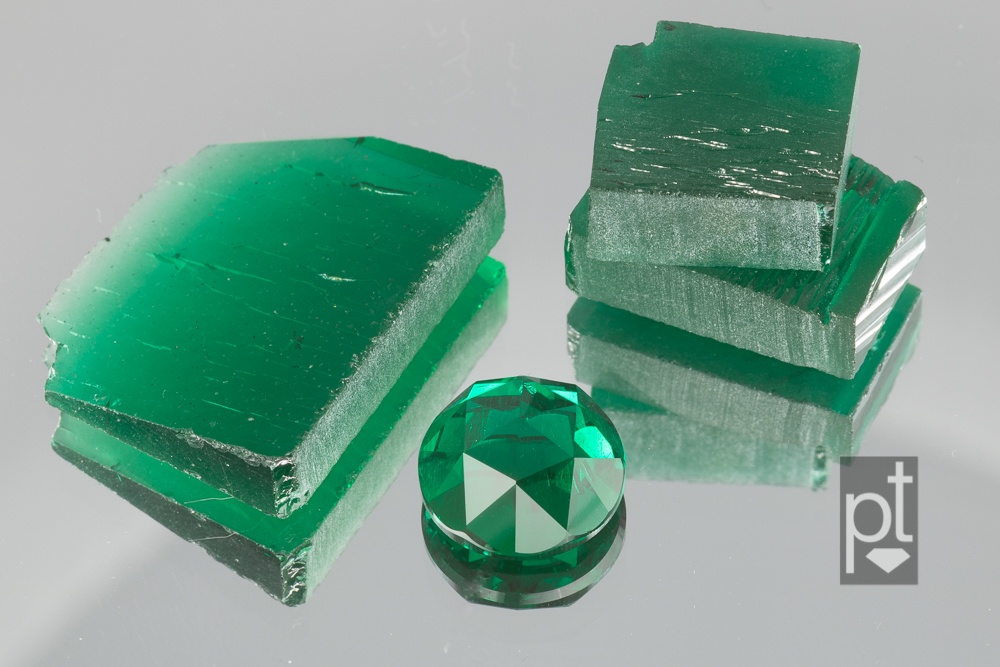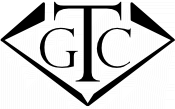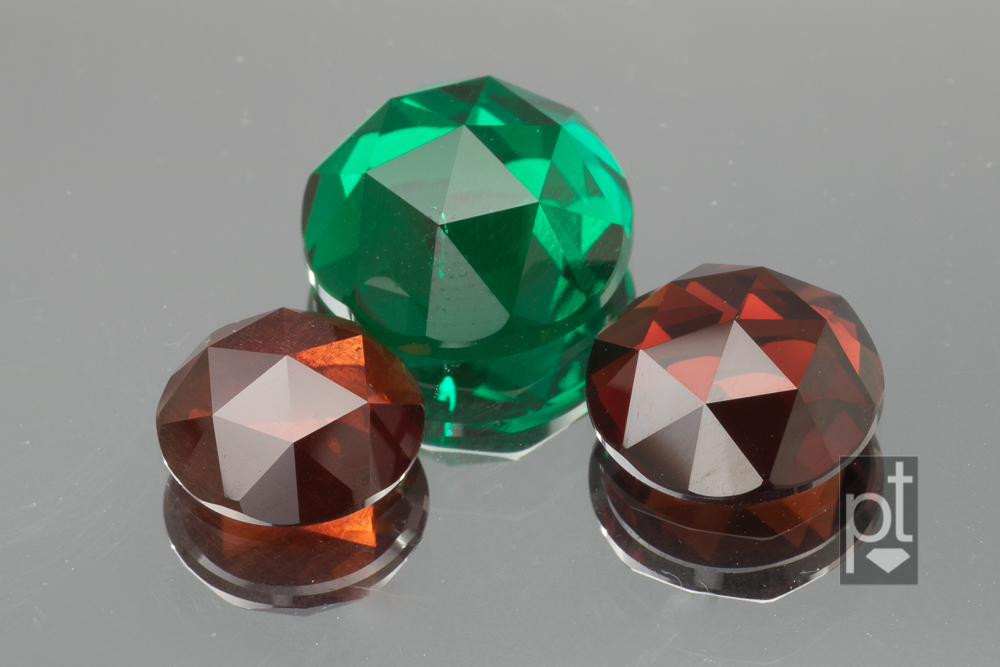I was thrilled to find out some of my work and comments were featured in a recent article by Dianna Jarrett on Rapaport’s Jewelry Connoisseur website: https://jewelryconnoisseur.net/everythings-coming-up-rose-cuts
Dianna does a great job giving an overview of the rose cut design from it’s historical roots to it’s current use in jewelry. It’s not a long read and it is well worth your time.
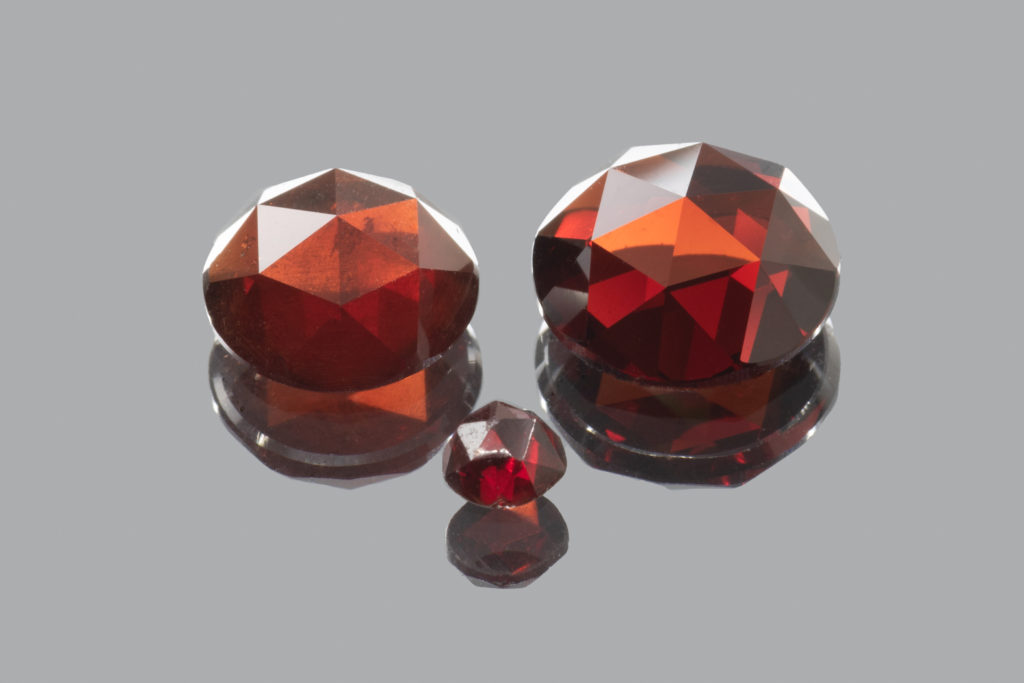
The image above is part of the article, so I’ll let you read about it there. But one detail that didn’t make the article: the classic rose cut has a six-fold symmetry, like the two larger garnets at the top. But the little pyrope garnets used in the Bohemian jewelry in the late 19th century tend to be five-fold symmetry, like the one above. I suspect it was a question of efficiency — when you’re mass producing tiny garnets for large quantities of jewelry, cutting a few less facets per stone must save a lot of time!
Here’s a bonus image that didn’t get used for the article, but I rather like it:
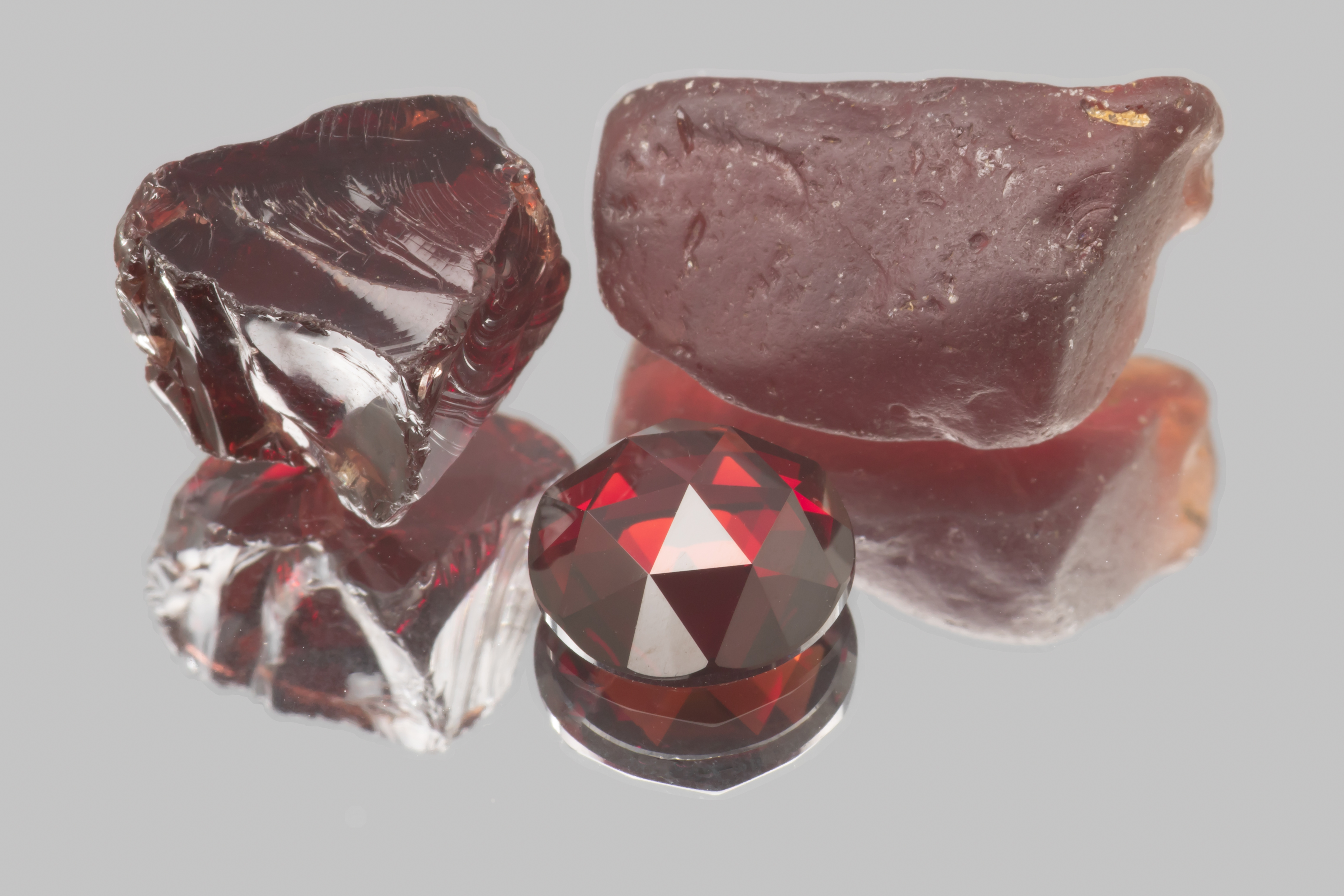
Though different colors, all of these stones are from the same general area of Malawi. This one is a bit more than a simple “before and after” style image. I was also illustrating how flatter and more deeply saturated rough can be used effectively with the rose cut design. Note that the depth and color of the finished rose cut is almost the same as the rough garnet on the left. If that rough stone were cut to a more standard design with a full crown and pavilion, it would have a significantly smaller diameter and appear even darker face-up.
The green rose cut is synthetic hydrothermal emerald. I cut this one just to work out the design… and because the vivid green looks so good with the garnet reds.
